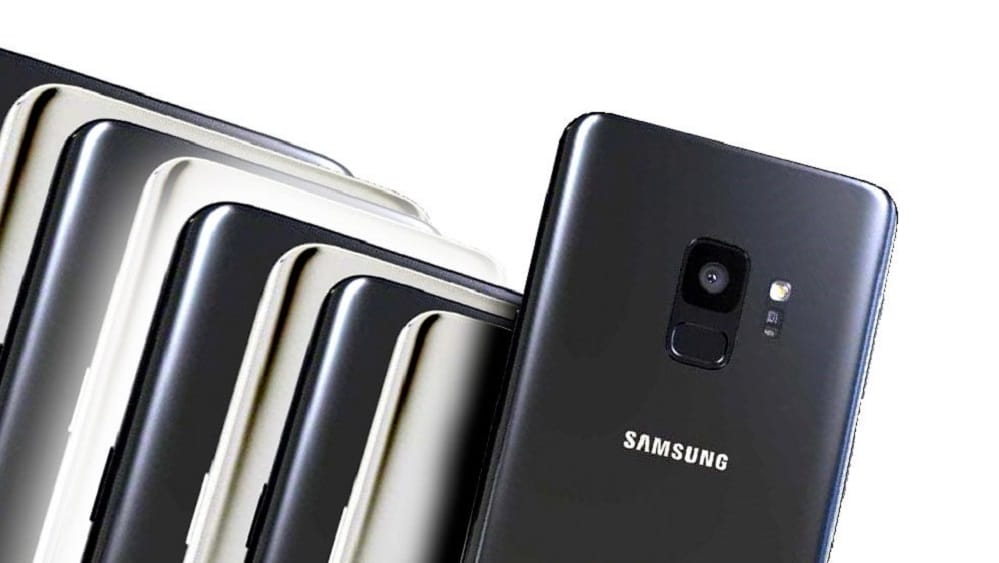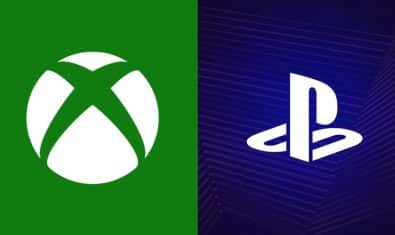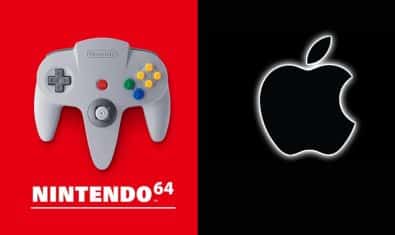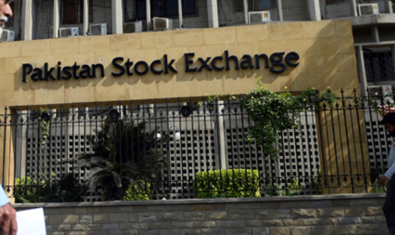The smartphone world maybe overrun with tons of phones, from low-cost Chinese competitors to high-end ones from the likes of Samsung, Apple, and Google, but mostly, it is considered a two-horse race. Apple’s flagship iPhone pitted against Samsung’s Galaxy S series.
Of course, there are a lot of crumbs left for the little guys when it comes to budget phones but when it comes to profit, there is no one that mints more money from just one lineup of phones than Apple’s and Samsung’s flagships.
At the start of 2018, excitement for the Galaxy S9 is at full steam and the rumor mill has already churned out a number of interesting concepts, giving us a pretty good idea of what to expect from the South Korean tech giant’s next big phone.
With the launch just around the corner, we decided to take a look back at how much the Galaxy S series has changed over the years as well as major features (additions) introduced with every iteration.
Samsung Galaxy S
Released: June, 2010
Basic Specifications
- Display: 4.0 inches Super AMOLED capacitive touchscreen
- Processor: 1.0 GHz Cortex-A8
- Memory: 8/16 GB, 512 MB RAM
- Software: Android 2.1 (Eclair)
- Camera: 5 MP, autofocus
- Battery: Removable Li-Ion 1500 mAh battery
The very first Galaxy had a very basic design – a rectangular shape with a big screen, a home button, a menu button and a back button. However, that capacitive button layout stuck on for the next 7 years — until the S8 came along on-screen touch buttons.
Samsung Galaxy S II
Released: April, 2011
Basic Specifications
- Display: 4.3 inches Super AMOLED Plus capacitive touchscreen
- Processor: Dual-core 1.2 GHz Cortex-A9
- Memory: 16/32 GB, 1 GB RAM
- Software: Android 2.3.4 (Gingerbread)
- Camera: 8 MP (f/2.6, 1/3.2″), autofocus, LED flash
- Battery: Removable Li-Ion 1650 mAh battery
An excellent phone, the Galaxy S II was the phone that really put Samsung’s flagship series on the map and established Samsung as a major player. Packed with new features and a great camera (for its time), it received rave reviews and was really well-received by critics and fans alike.
Samsung Galaxy S3
Released: May, 2012
Basic Specifications
- Display: 720 x 1280, 4.8 inches Super AMOLED capacitive touchscreen
- Processor: Quad-core 1.4 GHz Cortex-A9
- Memory: 16/32/64 GB, 1 GB RAM
- Software: Android 4.0.4 (Ice Cream Sandwich)
- Camera: 8 MP (f/2.6, 1/3″), autofocus, LED flash
- Battery: Removable Li-Ion 2100 mAh battery
Major Features
- S Voice
Not only did the Galaxy S3 manage to follow up in the footsteps of the S II, it managed to outclass it in almost every way. Packed with power and industry-leading specs, it was blazing fast and a stellar phone overall. In 2012, it was called one of the best phones of the year.
It was also one of the first Samsung phone’s to come with 4G support in some markets, and also brought along a mini-sized, budget version, called the Galaxy S3 Mini.
Samsung Galaxy S4
Released: April, 2013
Basic Specifications
- Display: 1080 x 1920, 5.0 inches Super AMOLED capacitive touchscreen
- Processor: Octa-core (4×1.6 GHz Cortex-A15 & 4×1.2 GHz Cortex-A7)
- Memory: 16/32/64 GB, 2 GB RAM
- Software: Android 4.2.2 (Jelly Bean)
- Camera: 13 MP (f/2.2, 31mm, 1/3″, 1.14 µm), autofocus, LED flash
- Battery: Removable Li-Ion 2600 mAh battery
Major Features
- Eye-Tracking
The Galaxy S4 was an iterative update, improving on S3 but not really changing anything in a big way. Coming in with full 4G support, the Galaxy S4 was a powerhouse, packed to the brim with cool new features like eye-tracking. However, for Galaxy S3 users, it wasn’t really worth an upgrade.
Samsung Galaxy S5
Released: April, 2014
Basic Specifications
- Display: 1080 x 1920, 5.1 inches Super AMOLED capacitive touchscreen
- Processor: Quad-core 2.5 GHz Krait 400
- Memory: 16/32 GB, 2 GB RAM
- Software: Android 4.4.2 (KitKat)
- Camera: 16 MP (f/2.2, 31mm, 1/2.6″, 1.12 µm), phase detection autofocus, LED flash
- Battery: Removable Li-Ion 2800 mAh battery
Major Features
- Fingerprint
- Water-resistant
The first Samsung phone to come with IP67 water resistance and a fingerprint sensor, the S5 was still not the big update many Android fans were waiting for. Just another spin on the winning formula established by the S3, S5 was one of Samsung’s low point in the series. Moreover, the less-than-premium feel didn’t help either and the phone’s design was a major point of criticism.
Samsung Galaxy S6
Released: April, 2015
Basic Specifications
- Display: 1440 x 2560, 5.1 inches Super AMOLED capacitive touchscreen
- Processor: Octa-core (4×2.1 GHz Cortex-A57 & 4×1.5 GHz Cortex-A53)
- Memory: 32/64/128 GB, 3 GB RAM
- Software: Android 5.0.2 (Lollipop)
- Camera: 16 MP (f/1.9, 28mm, 1/2.6″, 1.12 µm), OIS, autofocus, LED flash
- Battery: Non-removable Li-Ion 2550 mAh battery
Major Features
- New Design
A much-needed redesign, the Samsung Galaxy S6 was a breath of fresh air for Samsung’s flagship series. Featuring an incredible, premium glass-and-metal body, the S6 was one of the most beautiful phones ever made by Samsung. It was also the first phone in the S series to not have a plastic body, as was the trend for Samsung phones at the time.
The S6 was a major shift for Samsung — although it was still a powerhouse in terms of specs, it represented a shift in terms of Samsung’s kitchen-sink approach to new features. It came with a toned-down TouchWiz UI and was much more focused on refinement than packing in as much as possible.
Samsung Galaxy S7
Released: March, 2016
Basic Specifications
- Display: 1440 x 2560, 5.1 inches Super AMOLED capacitive touchscreen
- Processor: Octa-core (4×2.3 GHz Mongoose & 4×1.6 GHz Cortex-A53)
- Memory: 32/64 GB, 4 GB RAM
- Software: Android 6.0 (Marshmallow)
- Camera: 12 MP (f/1.7, 26mm, 1/2.5″, 1.4 µm, Dual Pixel PDAF), phase detection autofocus, OIS, LED flash
- Battery: Non-removable Li-Ion 3000 mAh battery
Major Features
- Waterproof (IP68)
- MicroSD Card
A worthy successor, the Galaxy S7 was one of the best Android phones at the time, even when facing tough competition from low-cost competitors like OnePlus, Oppo and others. What it did was take the best things of S6 and address the areas where it fell short — lack of microSD card and no water-resistance.
The Galaxy S7 also came with an industry-leading camera. All in all, the phone managed to keep Samsung at the top of the Android smartphone market.
Samsung Galaxy S8
Released: April, 2017
Basic Specifications
- Display: 1440 x 2960, 5.8 inches Super AMOLED capacitive touchscreen
- Processor: Octa-core (4×2.3 GHz & 4×1.7 GHz)
- Memory: 64 GB, 4 GB RAM
- Software: Android 7.0 (Nougat)
- Camera: 12 MP (f/1.7, 26mm, 1/2.5″, 1.4 µm, Dual Pixel PDAF), phase detection autofocus, OIS, LED flash
- Battery: Non-removable Li-Ion 3000 mAh battery
Major Features
- Infinity Display
- Bixby
- Dex
One of the most beautiful phones to have ever been built by the South Korean giant, Samsung’s Galaxy S8’s biggest and best feature was the giant, almost bezel-less screen — the Infinity Display. Confident in its ability to create magnificent, curved displays at a large scale, Samsung decided to do away with a separate edge phone and incorporated them with the S8.
Apart from that, the S8 came with Samsung’s very own Artificial Intelligence assistant, Bixby, an iris scanner, and Dex, a feature designed to turn your phone into a desktop.
Samsung Galaxy S9
Expected Release: February, 2018
Expected Specifications
- Display: 1440 x 2960, 5.8 inches Super AMOLED capacitive touchscreen
- Processor: Octa-core Qualcomm Snapdragon 845 or Exynos 9810
- Memory: 64 GB, 4 GB RAM
- Software: Android 8.0 (Oreo)
- Camera: 12 MP (f/1.5, 26mm, 1/2.5″, 1.4 µm, Dual Pixel PDAF), phase detection autofocus, OIS, LED flash
- Battery: Non-removable Li-Ion 3000 mAh battery
Expected Major Features
- On-Screen Fingerprint Sensor
- Even smaller bezels
- 3D Face Scanner
- Single-lens Camera
The Samsung Galaxy S9 is expected to be released at the end of February, at the Mobile World Congress.
Future Samsung Phones May Have Selfie Cams and More Inside The Display
Image — SlashGear



























Samsung Galaxy S8 screen size is 5.8“ not 5.1“
Samsung Galaxy S II has wrong picture.
SII has the most beautiful design IMO. still got my SII up and running.
still using s6 edge plus…